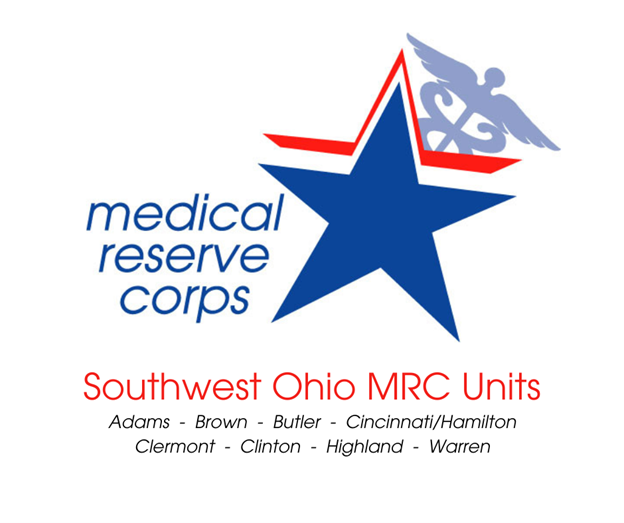Emergency Preparedness Division
.jpg)
The City of Cincinnati Health Department's Emergency Preparedness (EP) Division safeguards public health during emergencies, from natural disasters to intentional threats. We work tirelessly to plan, mitigate, and respond to any situation that could put our community's well-being at risk. Through collaboration with our staff, volunteers, and partners, and ongoing training exercises, we ensure a coordinated and effective response to public health emergencies.
What We Do:
-
Prepare: In addition to training, we participate in the development of key planning documents with local, state, and federal partners to mitigate harm.
-
Mitigate: Coordinate with local agencies, coalitions, and committees to reduce harm from potential disasters and emergencies, across Southwest Ohio and Greater Cincinnati.
-
Respond: Manage the dispensing and distribution of medicine and medical supplies during a public health emergency.
-
Recover: Evaluate local responses to improve future responses and increase community resiliency.
Get Involved:
The Southwest Ohio Medical Reserve Corps is seeking medical and non-medical volunteers to assist with improving the public health and resiliency in their communities as well as with emergency preparedness efforts! MRC volunteers may be needed to assist public health response and recovery efforts during a public health emergency. Click here to sign up. If you’d like to learn more about the national Medical Reserve Corps Program, please visit the ASPR MRC website. 
Types Of Public Health Emergencies
Man-Made Emergencies
People have caused public health emergencies. Whether these events are planned or accidental, they render casualties, inflict massive property damage, and threaten survivors' sense of security.
-
Bioterrorism: A growing number of terrorists are attempting to spread lethal diseases. Review past attacks and learn how public health agencies prepare to keep everyone safe. Select links below to learn about the diseases that could be used in an attack.
-
Chemical: In the event of a chemical release, health officials may require the public to "shelter-in-place." Visit the Red Cross's sheltering webpage for more information.
-
Fires: Protect your home and family by practicing fire prevention and planning a safe evacuation.
-
Radiation: The Japanese radiation emergency (2011) confirms the need to prepare for the immediate and long-term dangers caused by excessive radiation.
Natural Disasters
Learn more about Emergency Preparedness:
Local Resources:
-
Hamilton County Emergency Management and Homeland Security Agency
Authorized by Ohio Revised Code to coordinate and administer countywide all-hazards emergency management and disaster preparedness functions for Hamilton County and its political subdivisions. -
Local Emergency Planning Committee (LEPC)
LEPC promotes a working relationship among government at all levels, business and community leaders, environmental and other public interest organizations, and individual citizens to improve hazard communication and emergency planning. -
Alert Hamilton County and Smart911
Alert Hamilton County (Alert HC) is a mass notification system used to notify residents about emergencies and other important information throughout Hamilton County. When registering for Alert HC, users can also create a Smart911 profile, allowing first responders to have quicker access to important information in case of an emergency. -
Ohio Responds Volunteer Registry
State of Ohio’s online system for managing public health and healthcare professionals who wish to volunteer during disasters and all-hazard incidents.
National Resources:
-
Wireless Emergency Alerts (WEAs)
WEAs are short emergency messages from authorized federal, state, local, tribal, and territorial public alerting authorities that can be broadcast from cell towers to any WEA‐enabled mobile device in a locally targeted area. -
Youth Preparedness Programs
Educational resources, worksheets, and interactive preparedness tools for kids. -
Free Preparedness Publications from FEMA
Shipped directly to you, free of charge. -
Disaster Training Course
The American Red Cross provides FREE disaster training for all volunteers. Trainings are both online and in-person depending on the course. To find out more about these training opportunities please contact your local Red Cross office.
